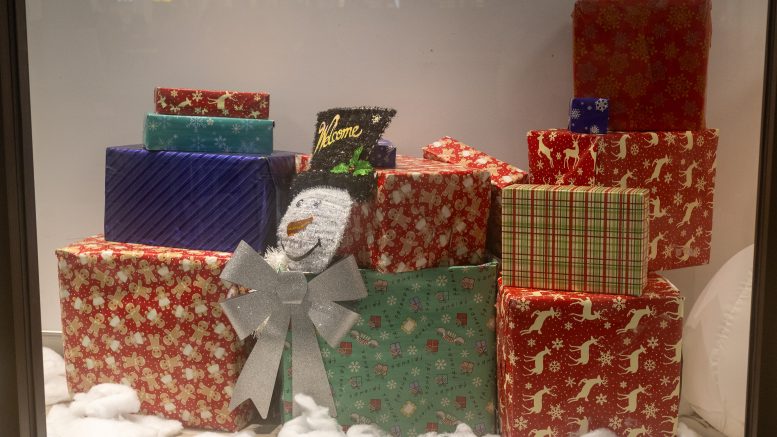UMSU is currently holding its annual Holiday Hamper program, which aims to support students in need during the holiday season.
This year, the hamper program is only accepting monetary donations, and plans to distribute hampers in the form of gift cards to allow students to choose the groceries they need.
Divya Sharma, UMSU vice-president community engagement, pointed to programs like the GPA’s round up program, where students can choose to round up the total cost of their orders to the nearest dollar and donate the difference to the holiday hamper program.
“I think that’s the beauty of the program, where everyone in the community pitches in,” she said.
Sharma said over 100 students are currently registered for the hampers.
At time of publication, there is no way to apply for a hamper through UMSU’s website, and no directions for how to apply appear on its Instagram page. Both webpages contain information on how to donate to the program, both in person and online.
The Manitoban reached out to multiple UMSU executives to receive clarification on the hamper application process. Only vice-president advocacy Liam Pittman was able to respond by press time. He was unable to provide information on how to apply.
As both the holidays and end of term approach, the need for student food assistance programs at the University of Manitoba is increasing.
Anastasiia Bielokolos, awards officer with the financial aid and awards office at U of M, oversees operations at the U of M food bank. She said usage of the student food bank has increased this past fall compared to previous years.
In 2018, 298 people made 708 visits to the food bank throughout the year. Now, the food bank serves over 600 students a month.
“There [are] so many students who need so much, because food insecurity is not only a university problem, it’s a world problem,” Sharma said.
Students can access the food bank once every four weeks. This has changed from previous years, when students were able to access it every three weeks, due to the increase in use.
The food bank receives a fund from the university, but mainly relies on donations from students, faculties, departments and Food Fare.
Bielokolos said she doesn’t “see the usage decreasing any time soon.”
Bielokolos said there tends to be a rise in students coming to the food bank during finals and the holidays, as some working students may not have as much time to work as exams approach.
The food bank is available to all U of M students free of charge, and access records are kept confidential and are not associated with students’ names.
Sharma said there has also been an increase in applicants for the UMSU hardship fund, which gives financial aid to students who are in need.
The Holiday Hamper program has received contributions from various sources, such as student clubs and associations.
UMSU is also holding its own events to raise money for the hampers during December and is donating money from its fall orientation events.
— with files from Sarah Cohen


